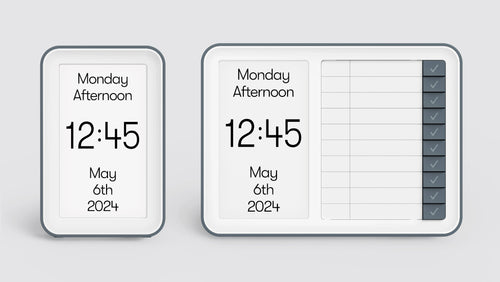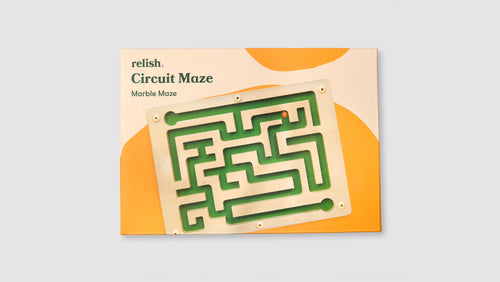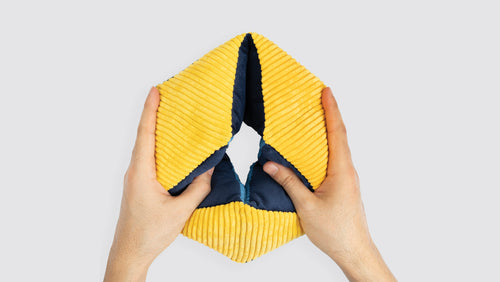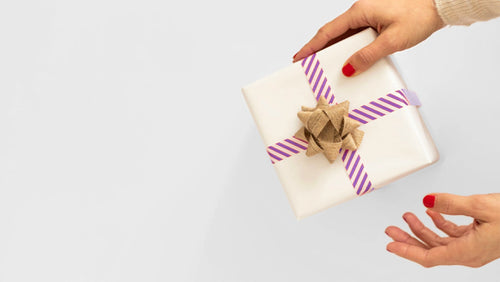What you need
Intro
Holding techniques are a type of non-intrusive massage. They’re particularly good for people living with dementia who enjoy touch but don’t like the constant movement of massage. They’re also good for people who bruise easily or can’t have a massage for medical reasons – or for when you don’t know whether massage is safe for them.
It’s important to always let the person know what you are going to do and when you are going to do it throughout the session. Before you do anything, make sure you explain and reassure them. For example, “I am now going to pick up your hand” or “I am now going to walk behind you, but I’ll keep talking so you know where I am. Then I’m going to place my hand gently on your forehead. Do you feel comfortable with that?” This is meant to be a very relaxing activity, so take your time and make sure you apply pressure very gently.












